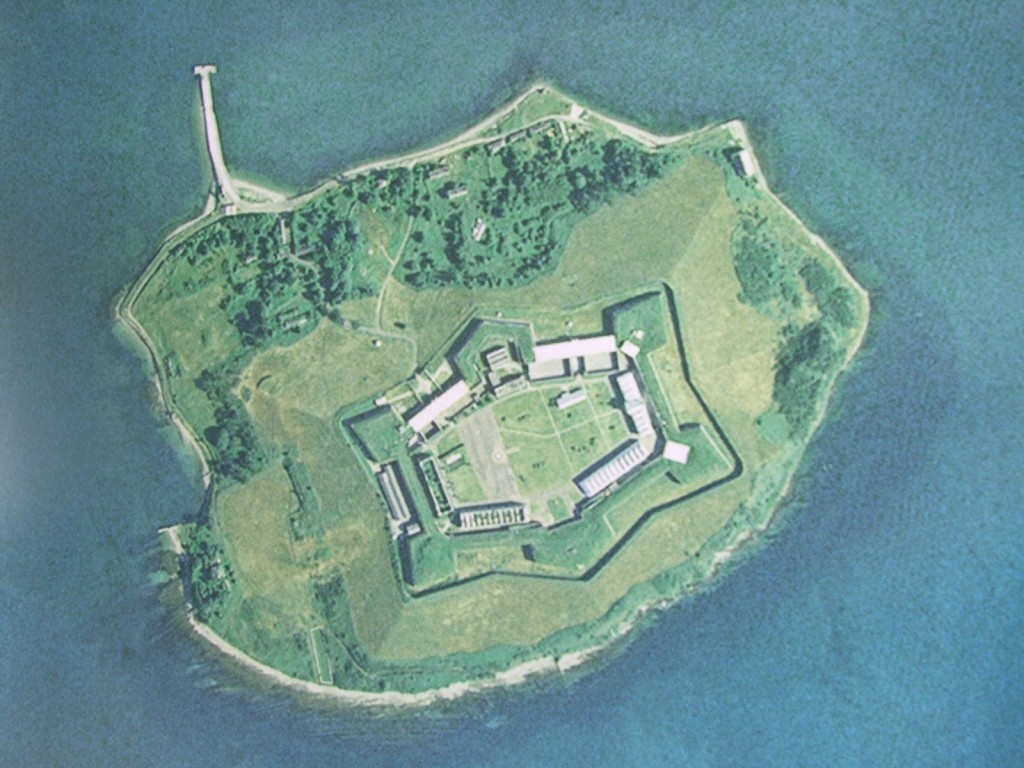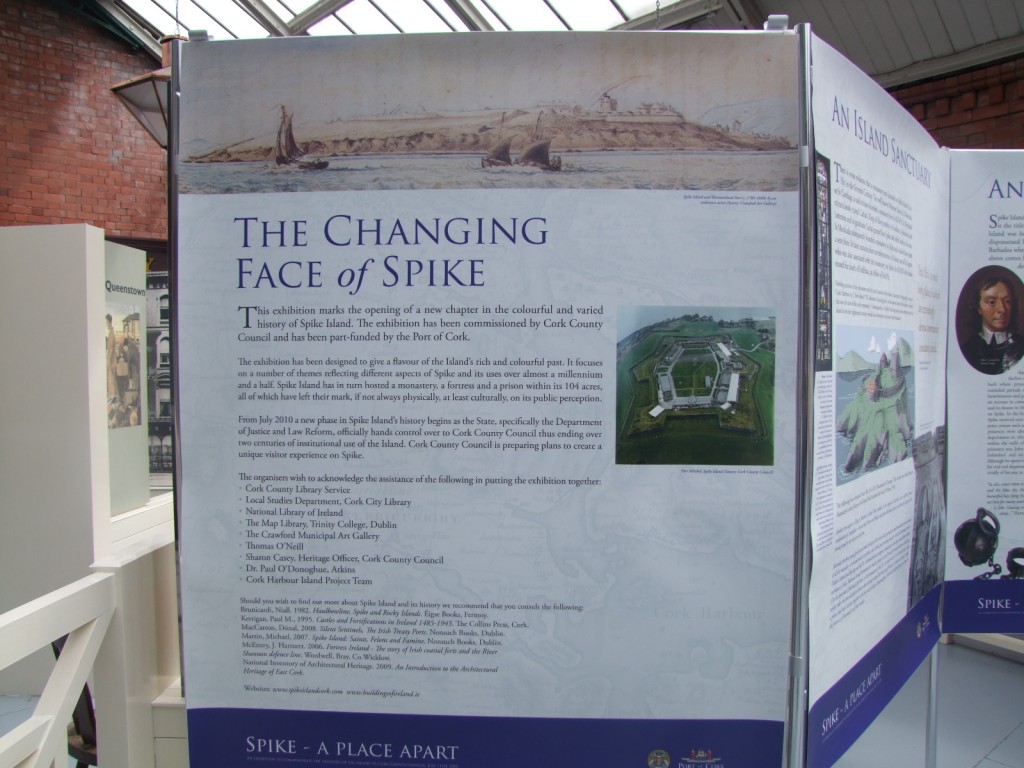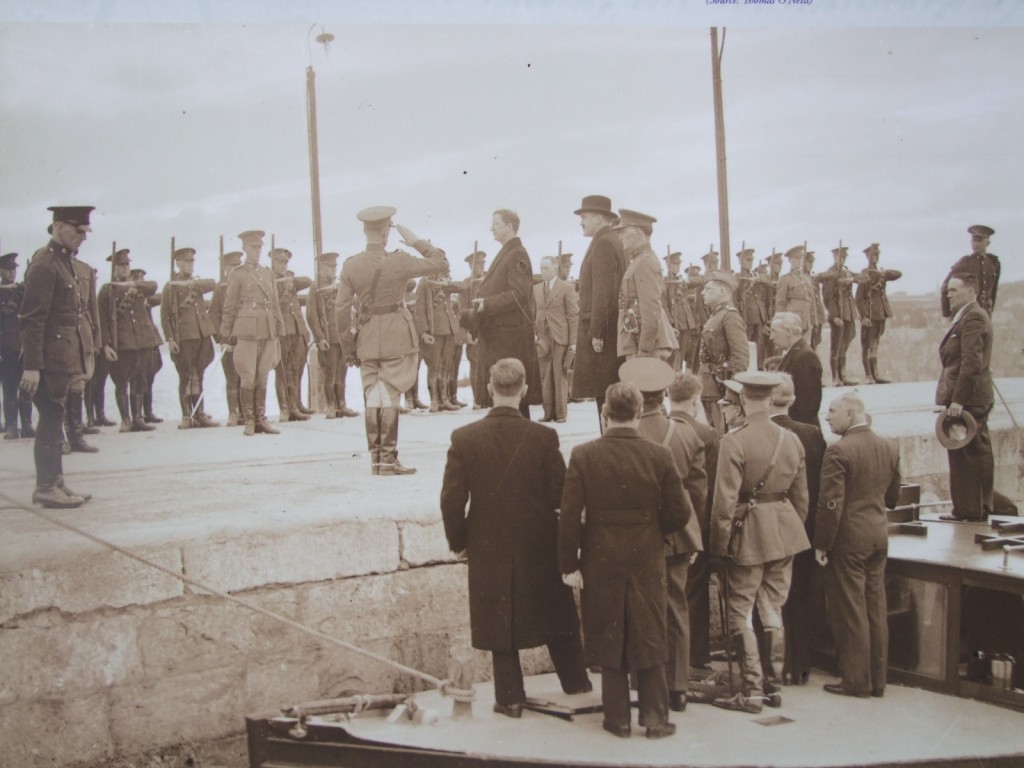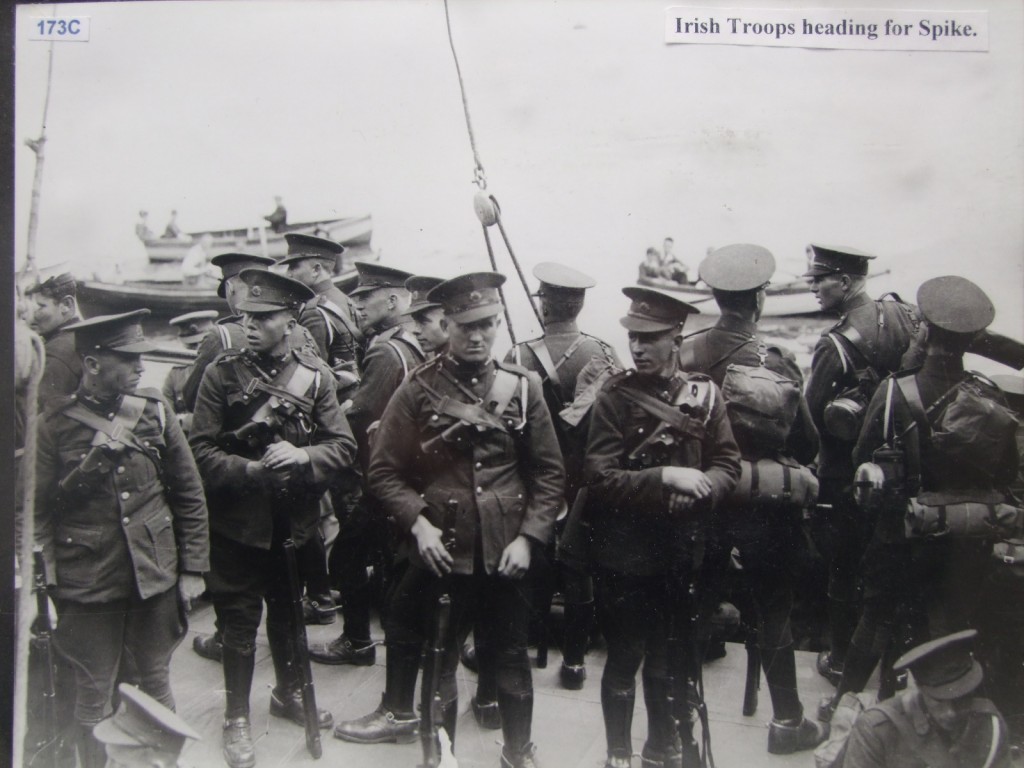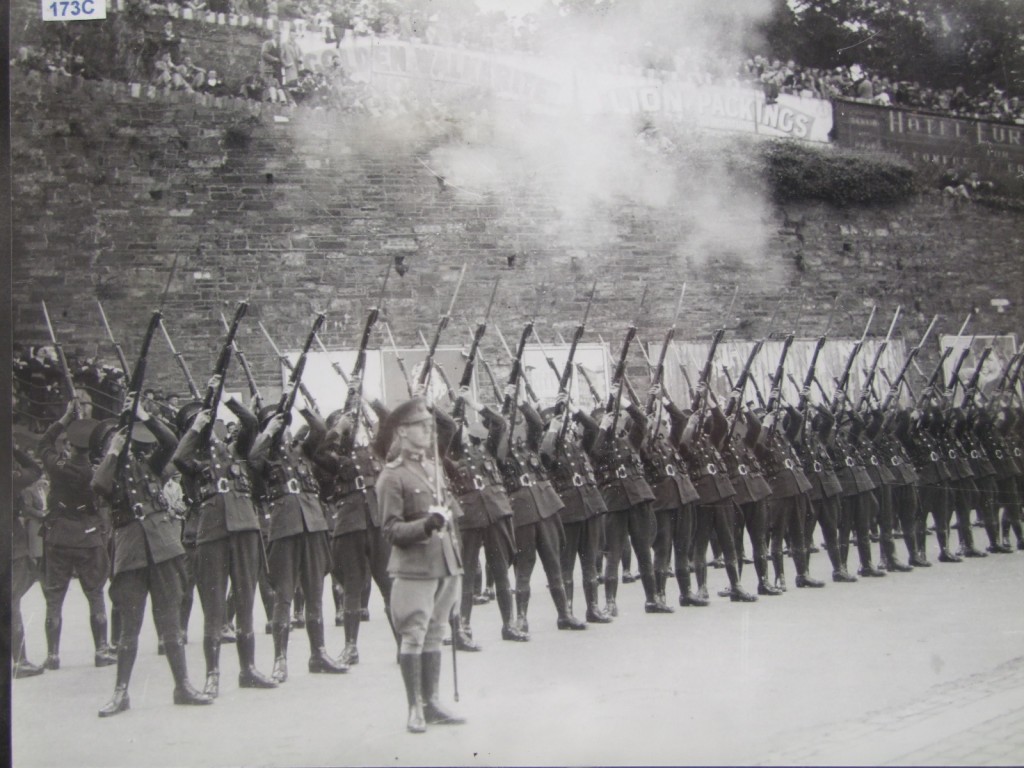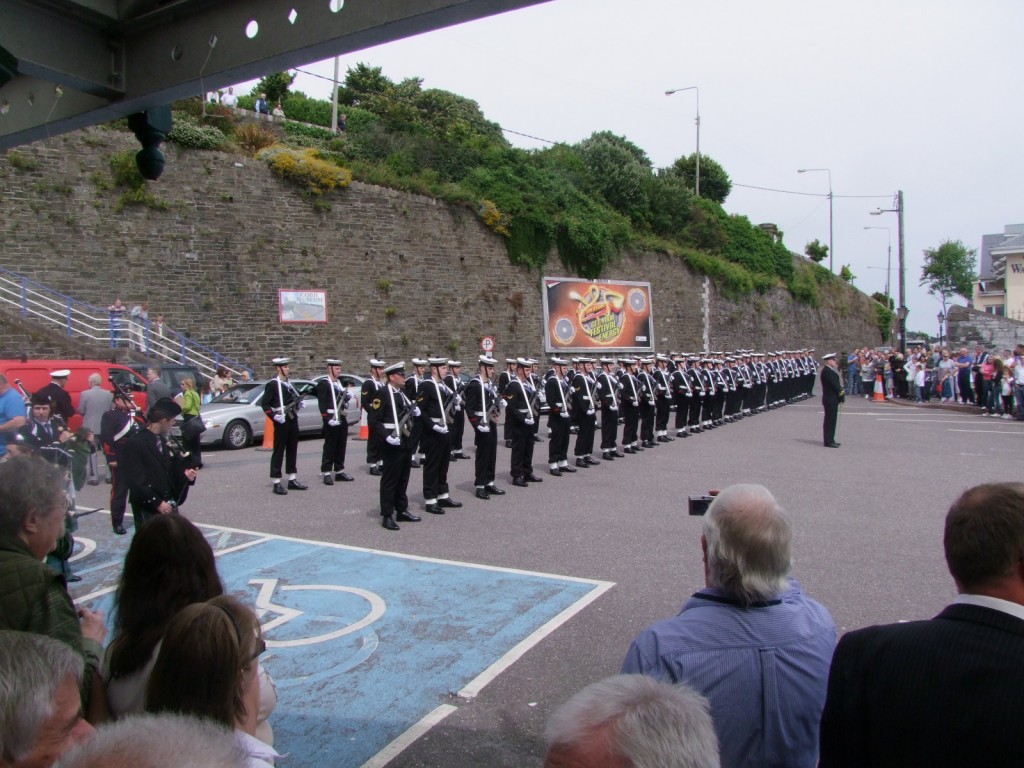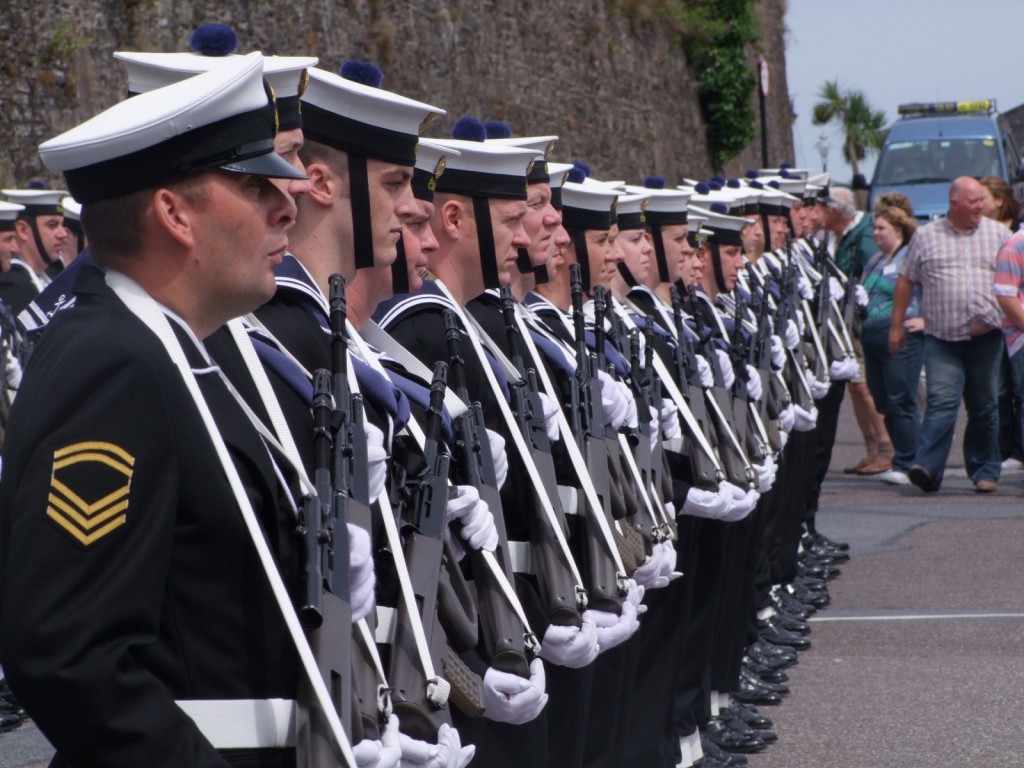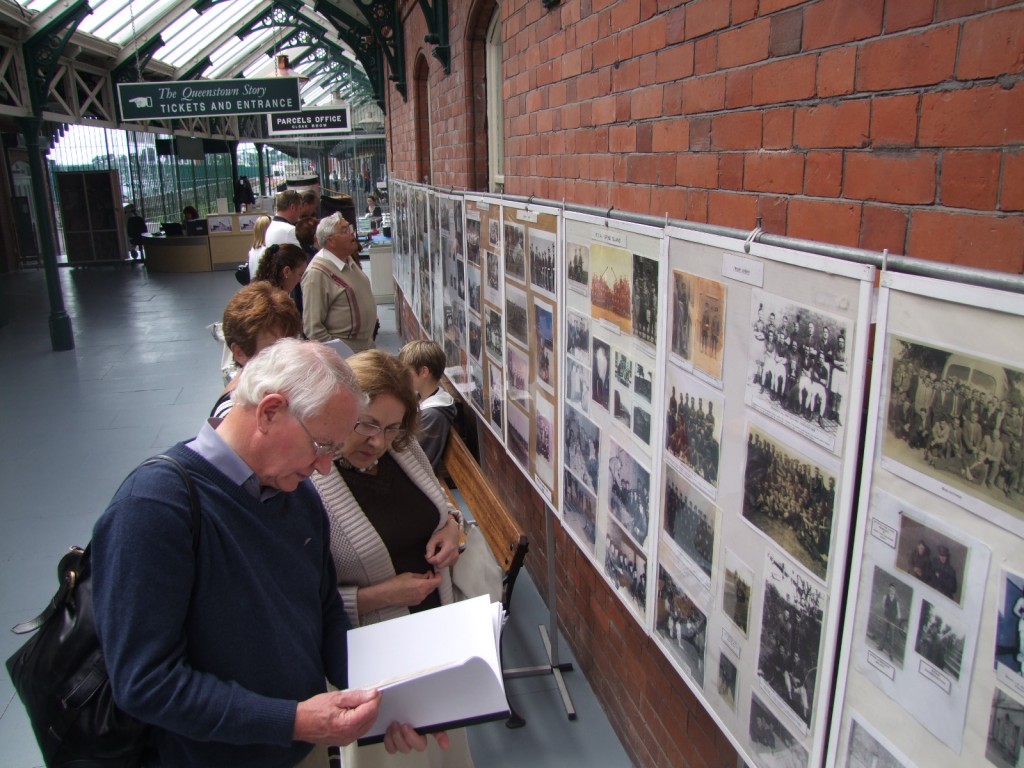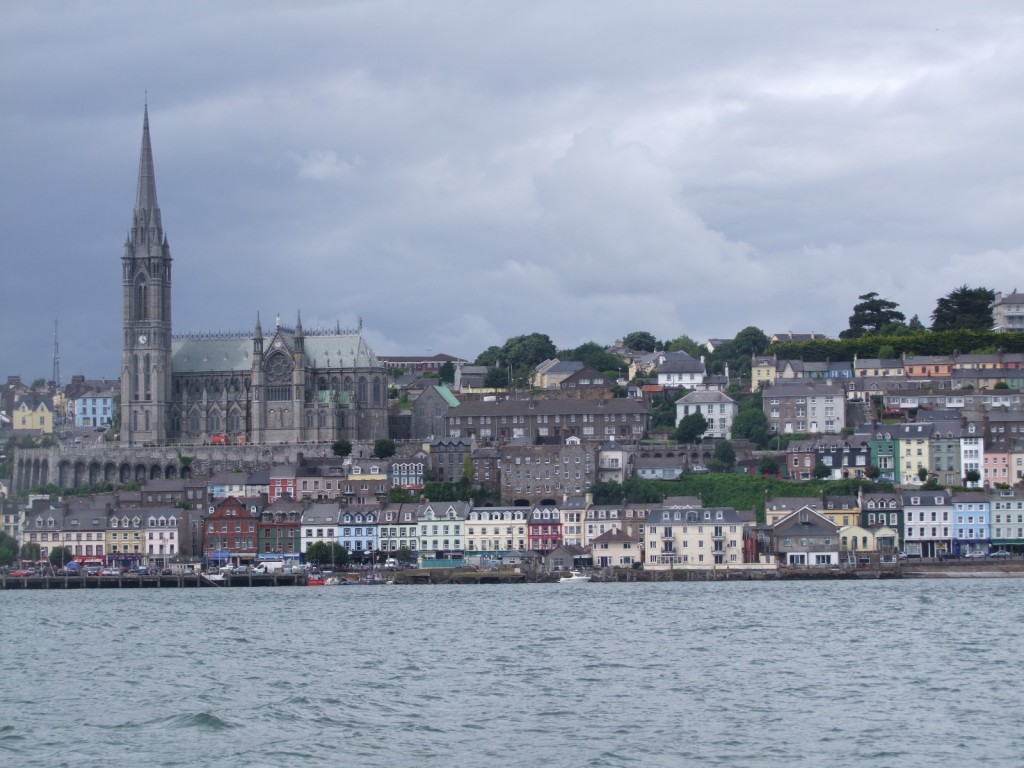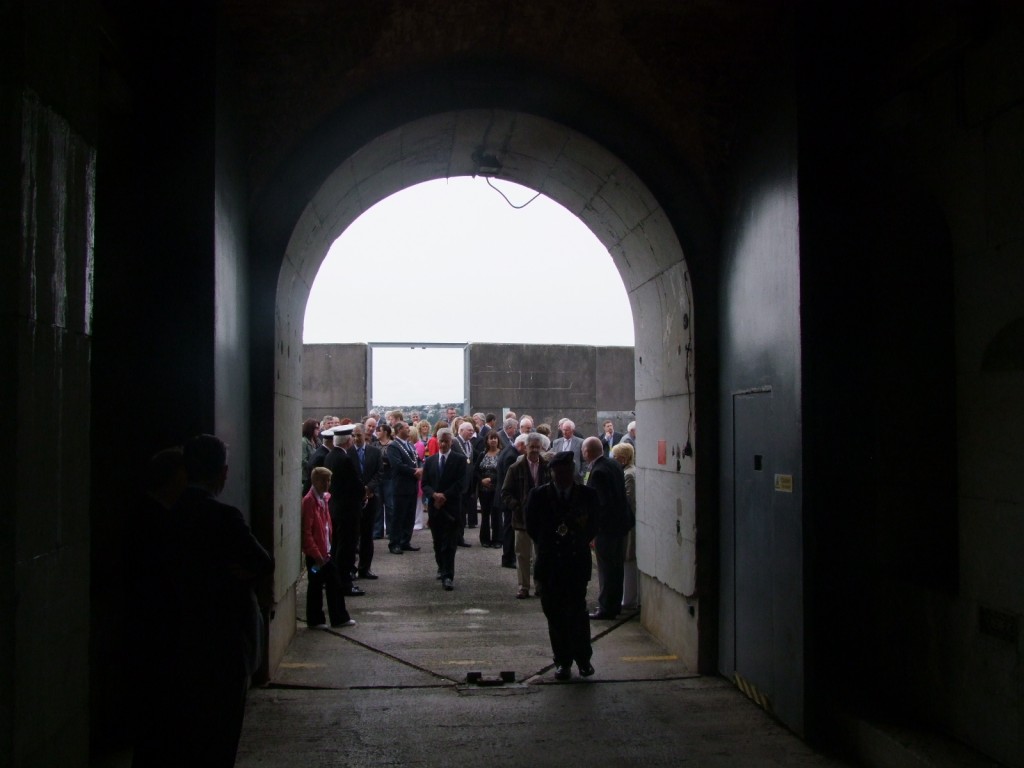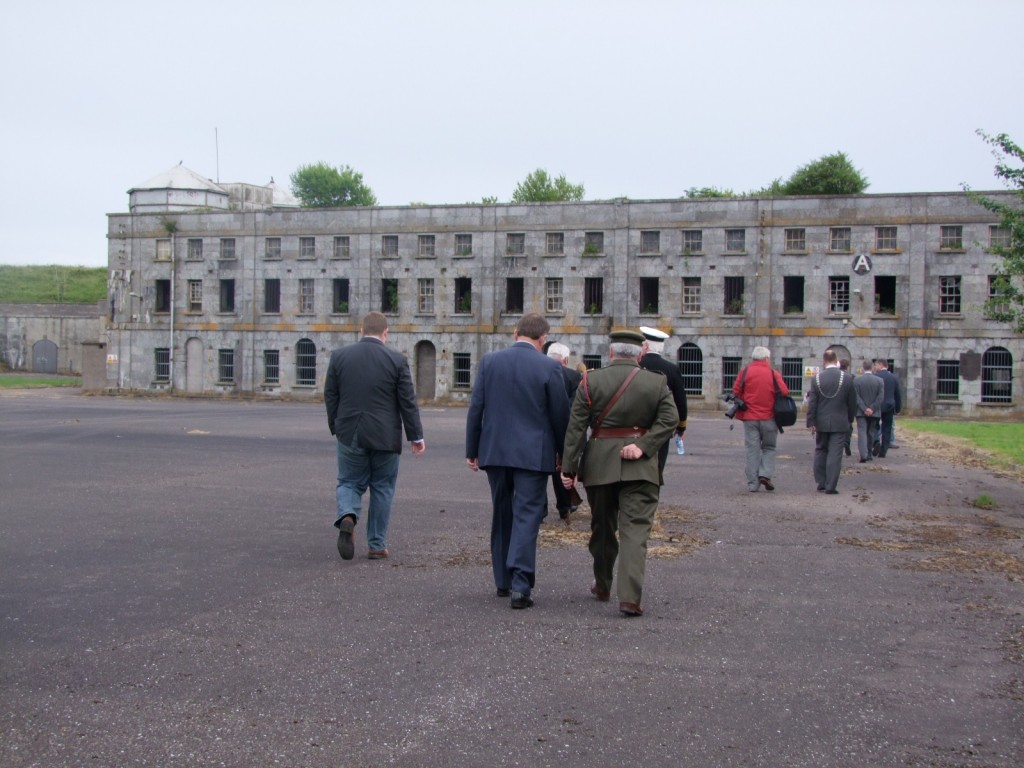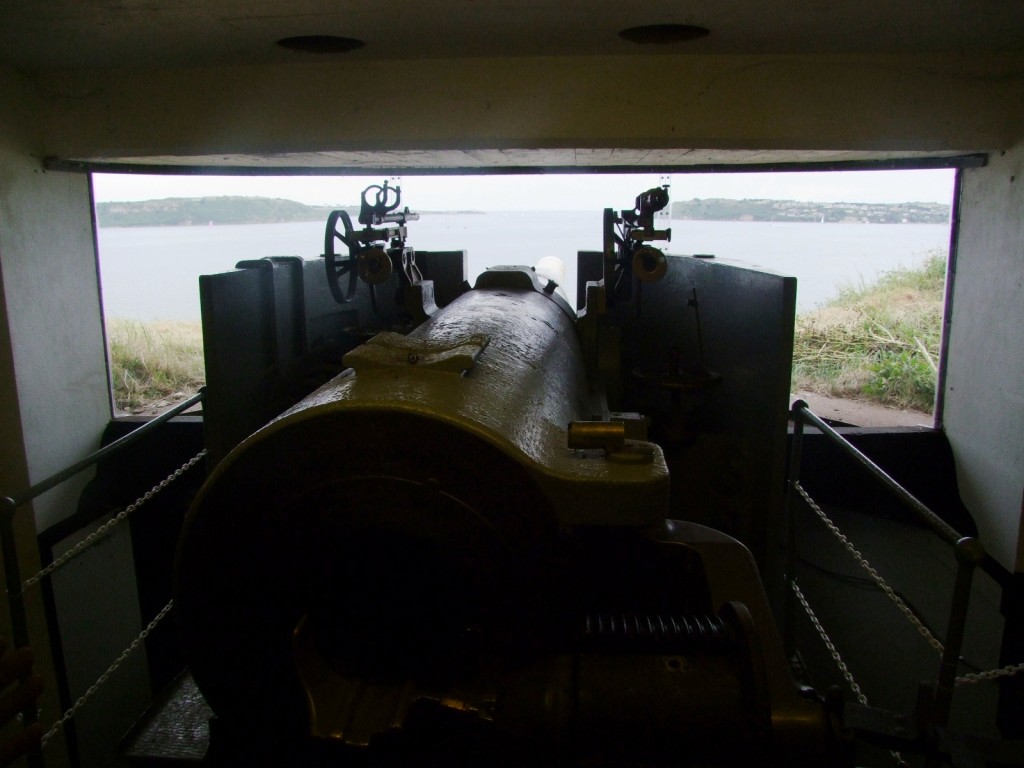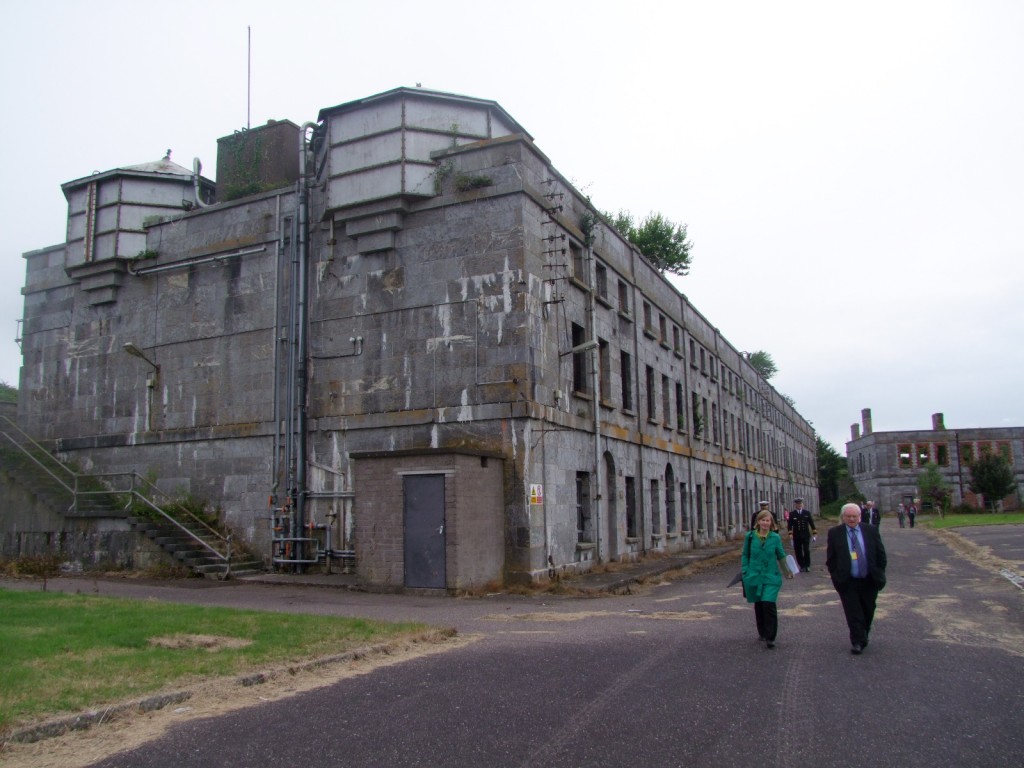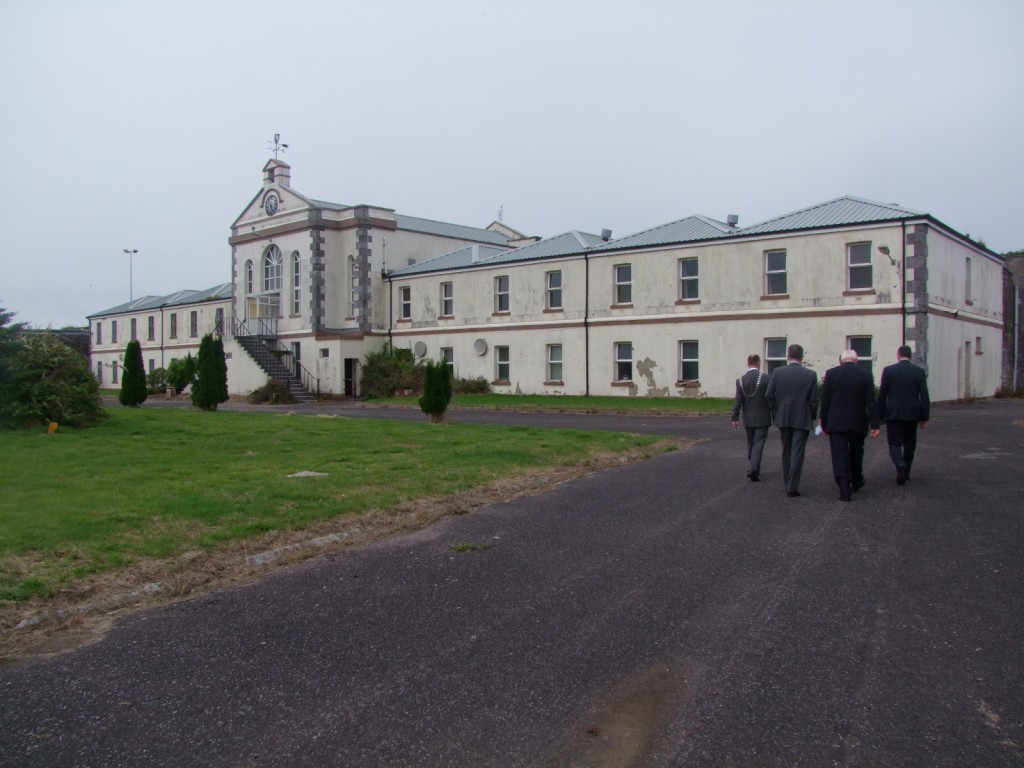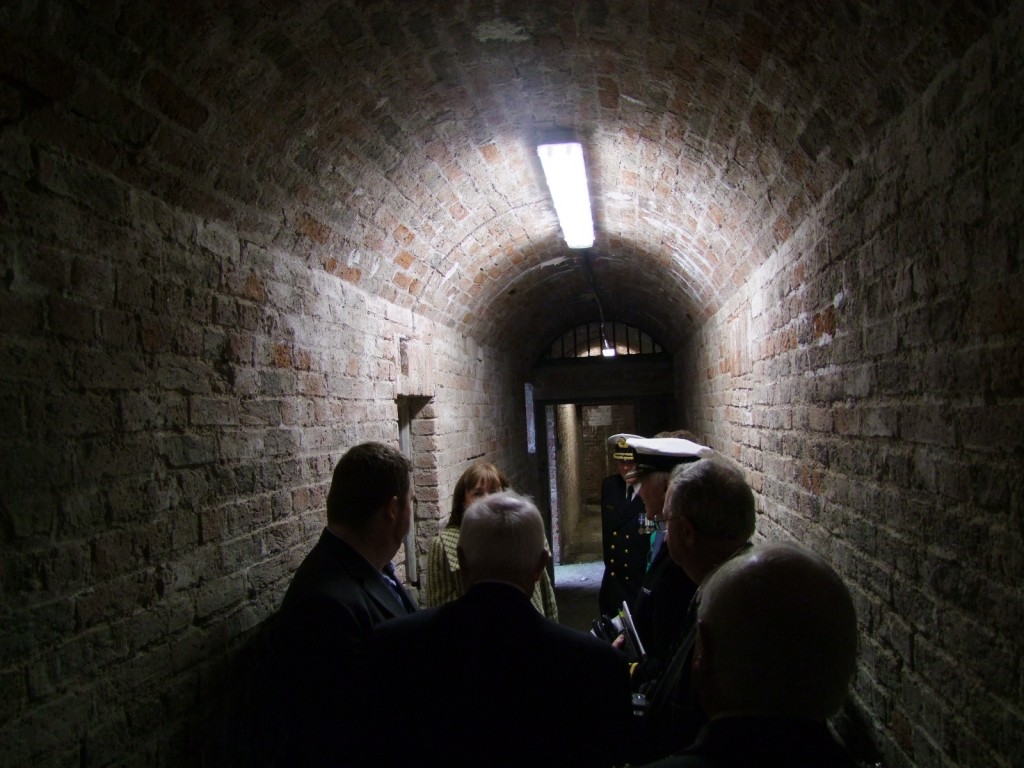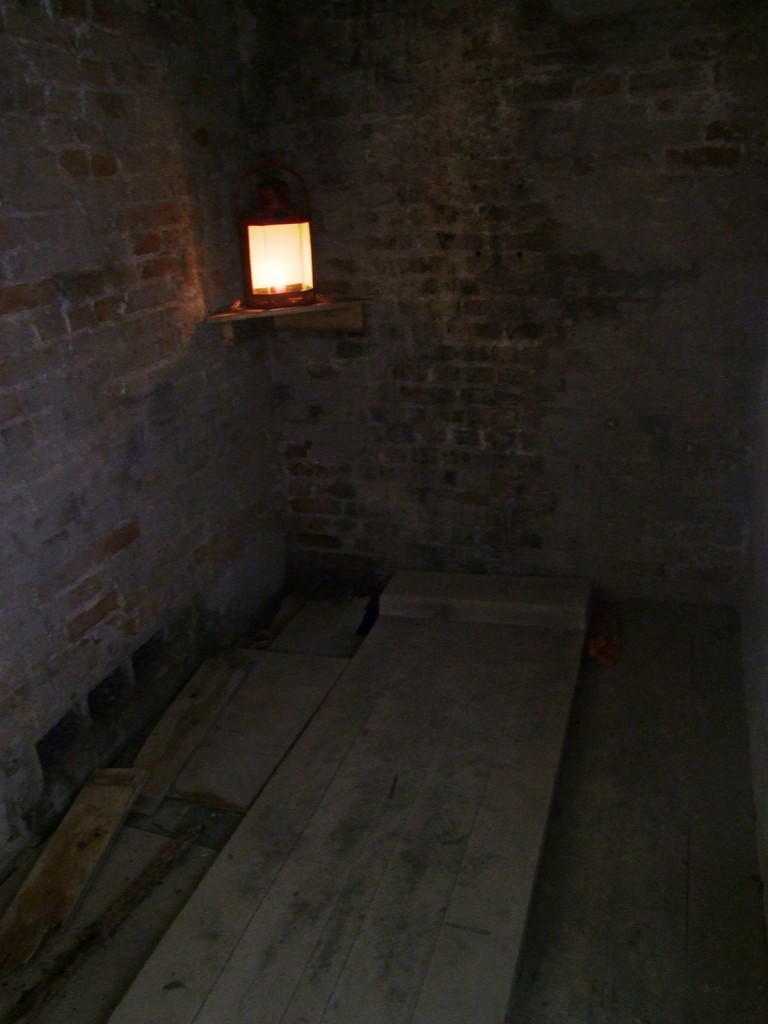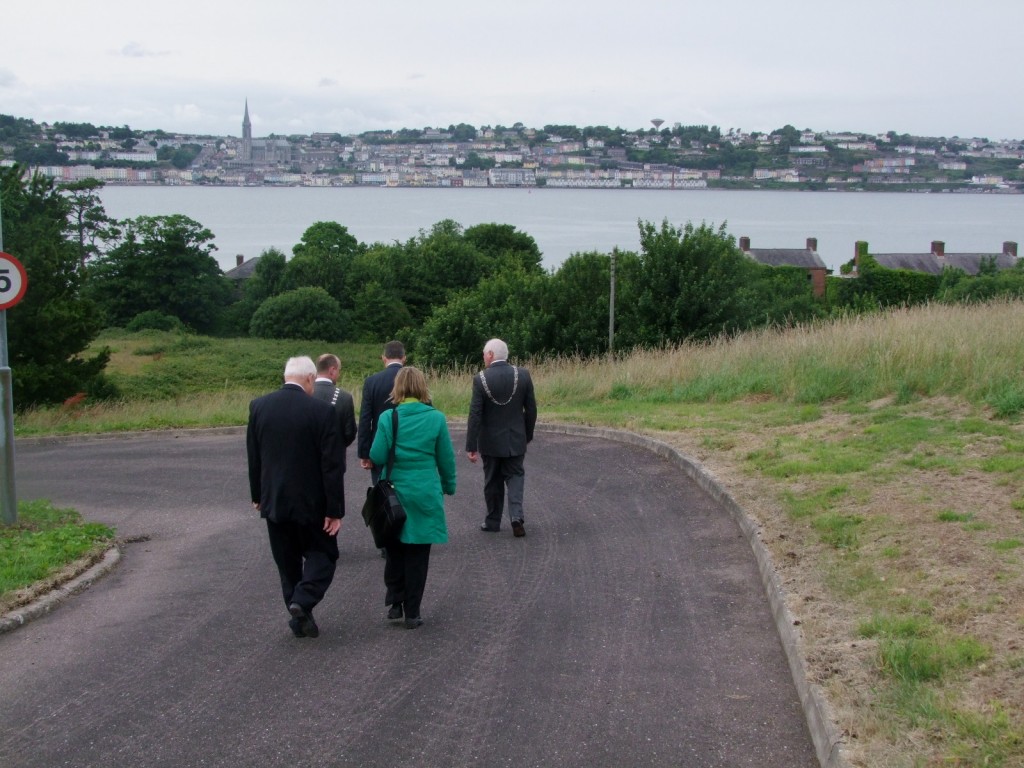Today, Spike Island was handed over to Cork County Council for development as a heritage resource.
Spike Island (Irish: Inis Píc) is an island of 42 hectare in Cork Harbour. It was significant in the French intervention following the French Revolution, and was later purchased by the British government in 1779 – becoming the site of Fort Westmoreland. Later a prison and convict depot, it was used to house “convicts” prior to penal transportation. It gained a reputation as “Ireland’s Alcatraz. It remained in use as a garrison and prison through the Irish War of Independence, when IRA prisoners were held there. Richard Barrett was among those detained there, but escaped during the truce of 1921.
Following the Anglo-Irish Treaty, the island remained as one of the Treaty Ports, and was only handed back to the Free State in 1938. Upon its handover to the Irish state, the island’s installations were renamed Fort Mitchel (after John Mitchel, nationalist activist and political journalist).[2]
The island remained the site of a prison and military base (for both the regular Irish Army and the FCÁ) for some time. Most recently it was used as a correctional facility for youth, when in 1985 it became mildly notorious when the inmates mutinied and briefly controlled the area; one of the accommodation blocks caught on fire and is known as the Burnt Block. This facility closed in 2004.
The island also had a small civilian population, which was serviced by a small school, church and ferry (launch) service to Cobh. The civilian population has since left the island however, and the island is now vacant, with many previous residents moving to nearby Cobh. In May 2006 Minister for Justice Michael McDowell announced plans to build a new prison on the island; however on 25 January 2007, it was decided to explore an alternative site. In 2007 a local task group was set up to re-open Spike as a historical tourist site, and in 2009 it was announced that ownership the island would be transferred (free of charge) to Cork County Council to enable its development as a tourist attraction. The Council subsequently formed a steering group to explore how Spike Island might be developed as a tourist site.
